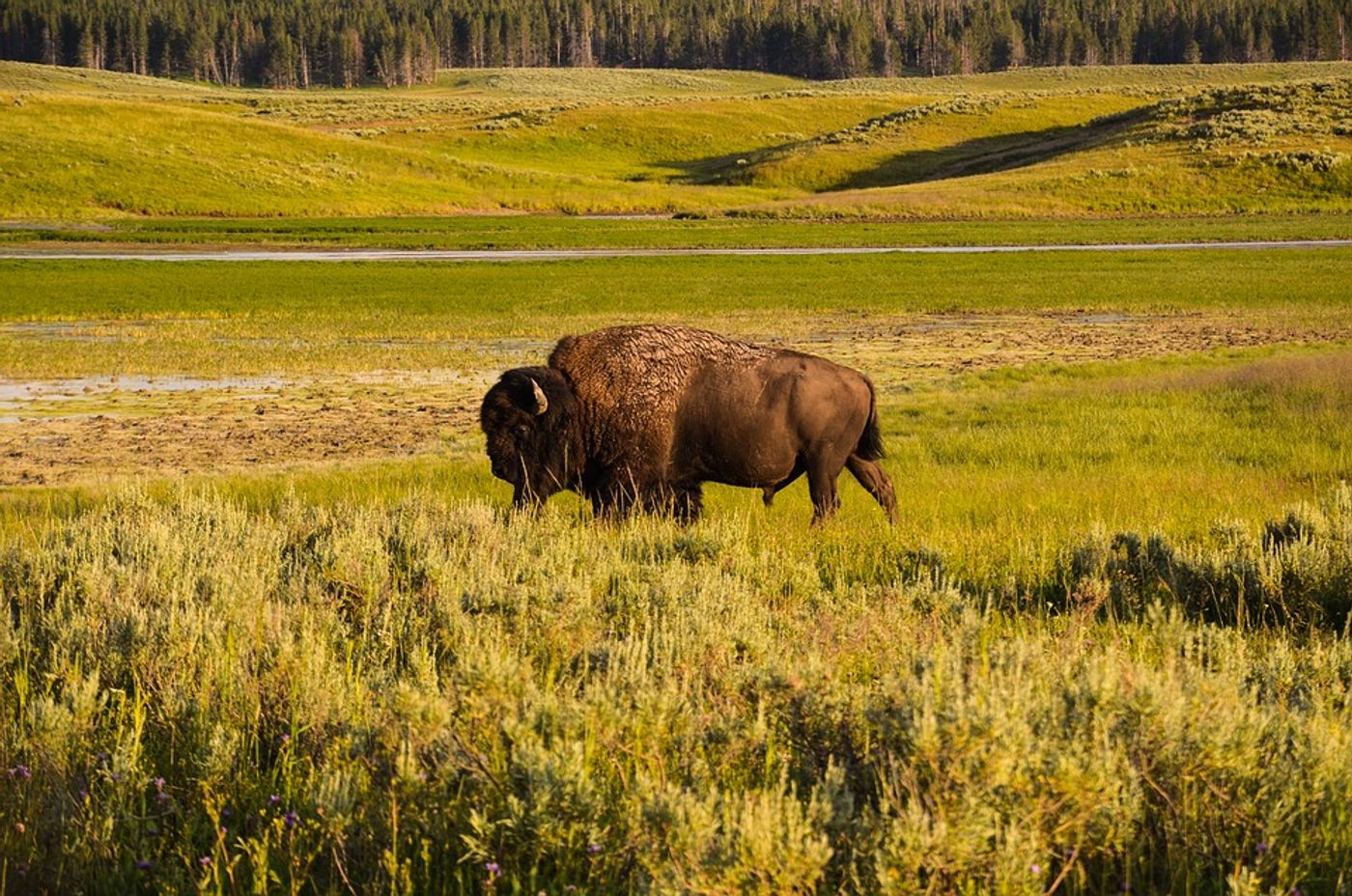The Great Plains ecosystems are shifting north
Research published in the journal Nature Climate Change confirms what scientists and residents of the world have been observing for decades: we’re moving north. Or, to be more accurate, ecosystems are shifting north.
The research comes from the University of Nebraska-Lincoln and details the northern-shifting ecosystems in the Great Plains, movements that are driven as a result of climate change. Led by, Caleb Roberts, the university research team analyzed almost 50 years of data on bird distributions.
Throughout this analysis, the researchers were able to establish four very distinct ecosystems of the region and track their boundaries. They discovered that since 1970, the northernmost ecosystem boundary shifted more than 365 miles north, with the southernmost boundary moving about 160 miles. They used data from the North American Breeding Bird Survey, a U.S. Geological Survey program that tracks bird populations of over 400 bird species found within a 250-mile-wide transect stretching from Texas to North Dakota.
One of the greatest achievements from this study is the authors’ findings which suggest that ecological responses are much more ordered and predictable than the scientific community previously believed. This is crucial because it means that we may be able to construct models that allow land managers to anticipate changes to ecosystems (such as the shifts we are currently experiencing) and thus plan for them, giving us more time to accommodate changes.
"Those are all things we can do and use the early warning to say, 'We're coming to the edge of this grassland's resilience. It's about to collapse, especially in our area. What can we do to stop that?' That's the kind of power this tool would have," Roberts said. "You don't have to wait until it gets to you. You can see it coming and act pre-emptively."
The researchers would like to continue their investigations into the region’s ecosystems, widening their range east and west. They aim to eventually develop tools that could help land managers and conservationists improve their comprehension and management of the complex factors at play.
"We are working closely with a long list of partners to understand how to navigate these types of transitions and increase the performance of conservation investments," said Dirac Twidwell, associate professor of agronomy and horticulture. "Large-scale transitions should not be underestimated. Restoring what has been lost has proven extraordinarily difficult when the challenge spans large geographic regions."
"If we can work toward prevention (of changes), we're going to save ourselves so much money and time," said Roberts, a postdoctoral researcher at Nebraska. "We won't have to worry about specific endangered species, perhaps, because we will be protecting the system they require."
Sources: Science Daily, Nature Climate Change









